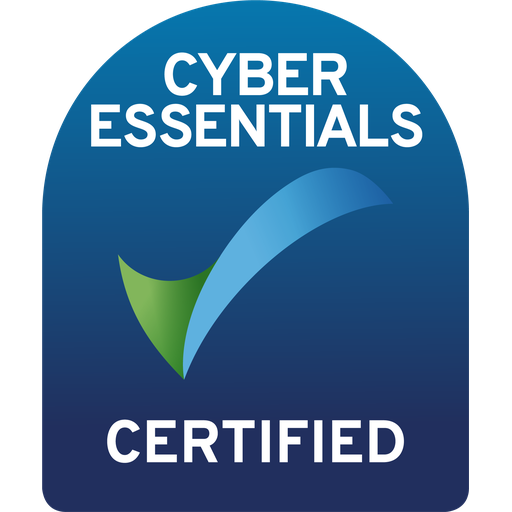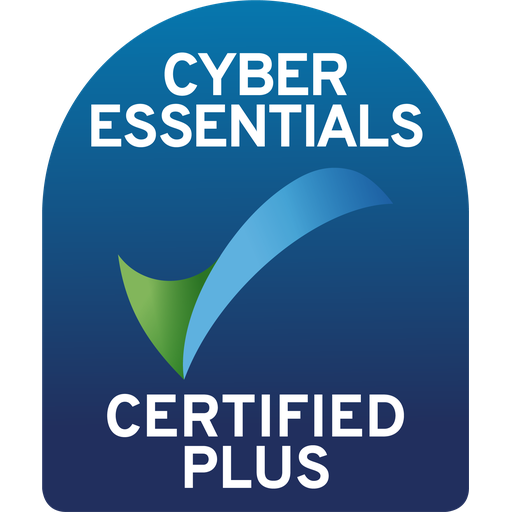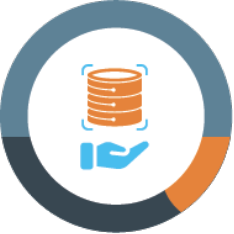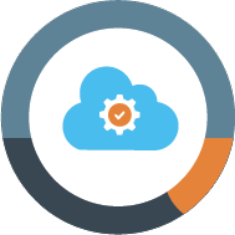MANAGED
IT SERVICES
 We’re MirrorSphere and we're here to empower businesses and individuals with unparalleled IT support and services. We combine a human approach with technical know-how to consistently exceed our clients’ expectations.Get A Free IT Review
We’re MirrorSphere and we're here to empower businesses and individuals with unparalleled IT support and services. We combine a human approach with technical know-how to consistently exceed our clients’ expectations.Get A Free IT Review
MANAGED
IT SERVICES
YOUR TRUSTED
IT PARTNER FOR

Start up Businesses

SME Businesses
Enterprise Businesses
Your IT team is in place but you need additional project support, advanced troubleshooting and sometimes extra capacity. Whatever your needs, we integrate seamlessly and enhance your day-to-day service.
Once you start working with us, you might question whether you need us.
That's because we're doing our best when you think we're doing nothing.
Quietly supporting you from behind the scenes, giving you all the benefits of a dedicated team with none of the space and budget you need for an in-house IT department.
We're proud that our track record proves we always design the best solution for our clients.
THE SERVICES
WE CAN OFFER
When you outsource your IT services to us, you’re buying peace of mind. Your business can’t afford disruptions to its systems, so we handle everything to prevent them, from troubleshooting hardware and software issues to managing networks and safeguarding data.
In short, we’re here to keep your systems running smoothly, tackle technical issues as they come up, and minimise your downtime.
We're always adaptable and flexible but to give you a feel for what to expect, here's an overview of the services we offer:


FOCUSED VALUES THAT
DELIVER EXCEPTIONAL SERVICE
When you sign up with MirrorSphere, you sign up for a service that works for you.
That's why we start every new relationship with an audit of your existing IT infrastructure systems and processes. It's an important process of discovery for us and will risk assess as we go along which means we can give you best practice advice when it comes to determining the best approach for the future.
Our attitude is growth focused - as you grow, we grow too - so we’ll always be on hand with regular reviews to check where changes are needed but also check on the smaller things that often get missed.





















